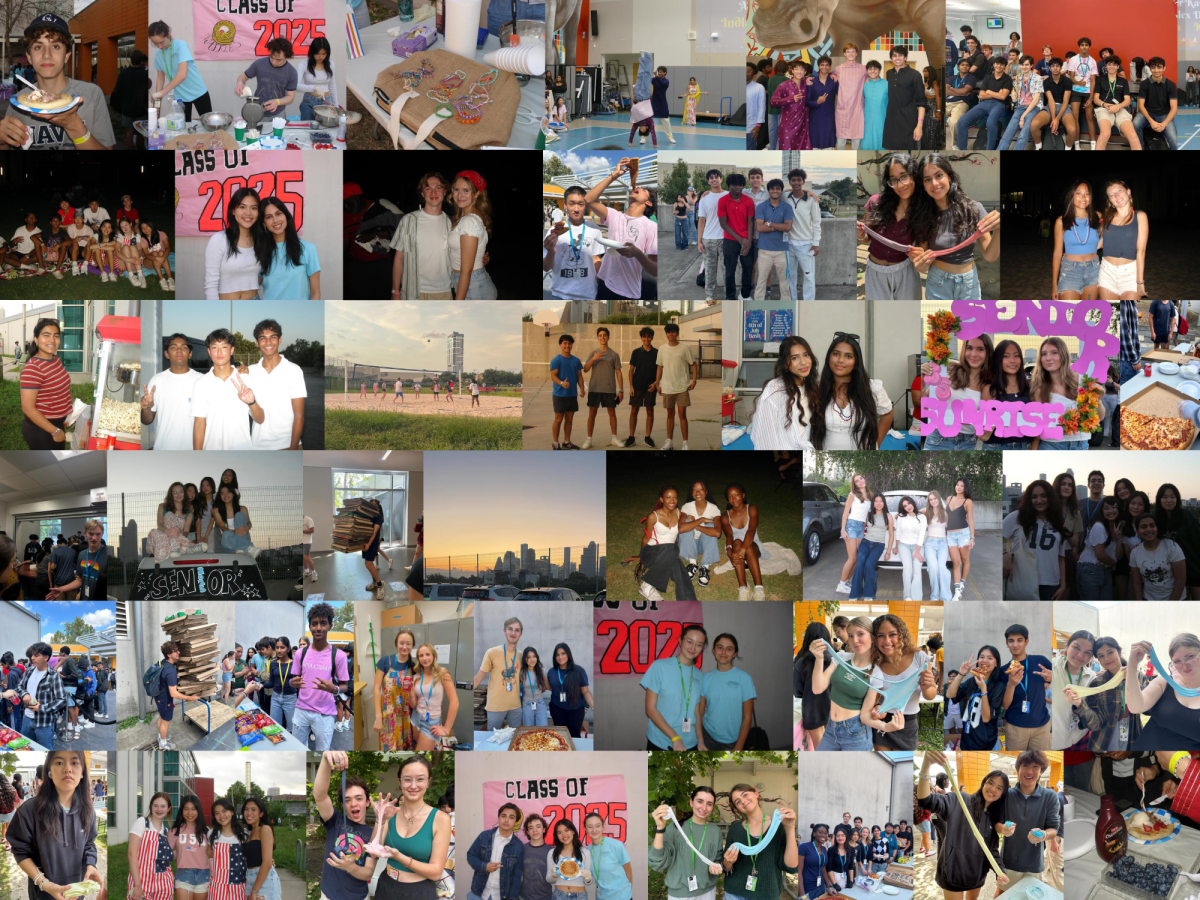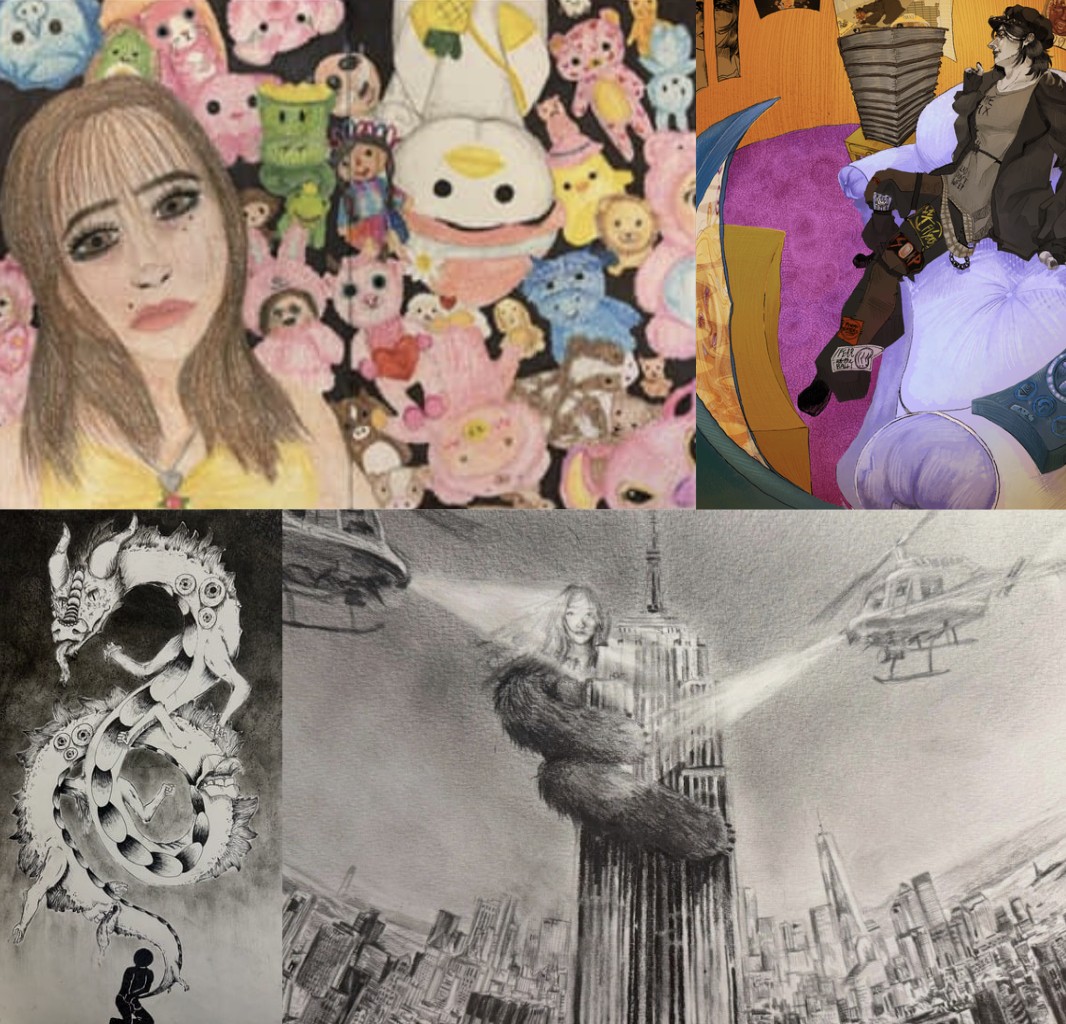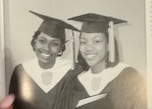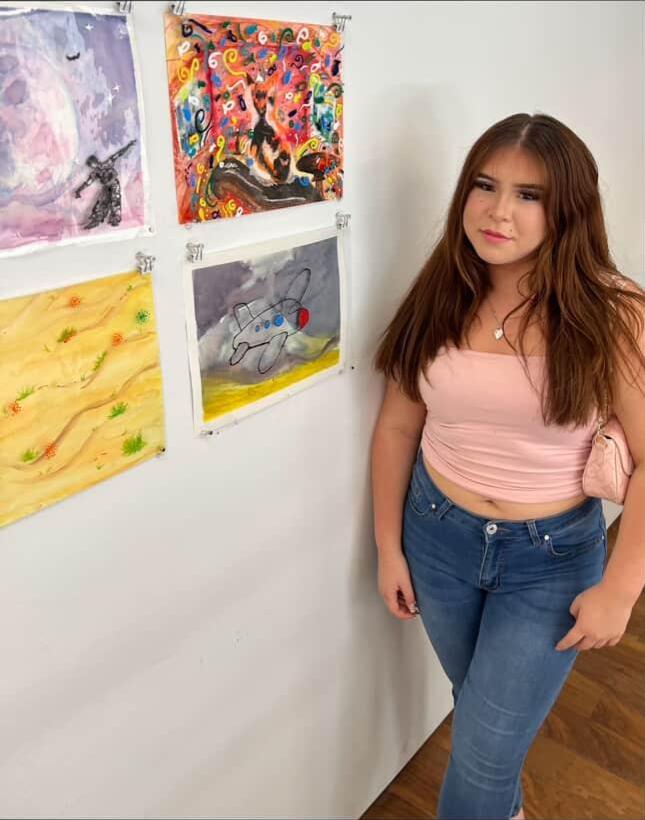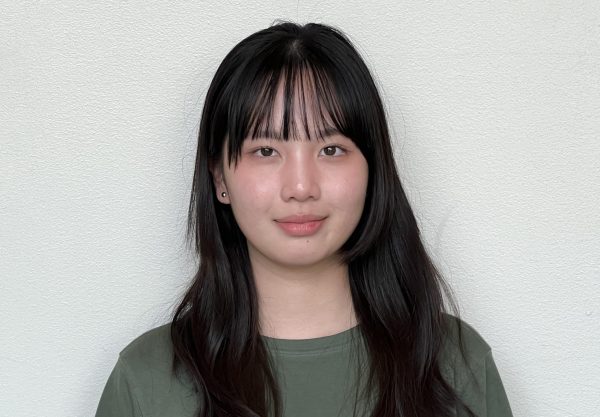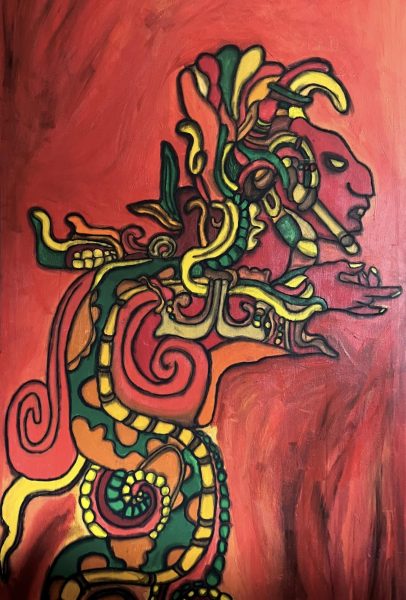
A figure twisted and coiled in a striking fashion, its body of green and gold shimmering. The ancient being’s head intricately adorned with feathers of red, green and yellow, its eyes like two great bronze mirrors. The Kukulkan — a Mayan serpent god representing a point of connection between god and humanity — comes to life under the brush of Luis Perez.
The new art teacher at CVHS, Perez provides new insights into both his Mexican heritage and his teachings. In the quiet corner of the fine arts building, Perez has transformed his classroom into a sanctuary for self-expression. The art pieces lining the walls of Perez’s classroom takes one back to when he first became enthralled by art. Perez’s artistic journey began in the Houston Heights, where he was surrounded by artists and musicians. Even so, Perez was not keen on taking the artistic path until a pivotal moment during his last year of high school.
“When I was in high school, … I took one art class the very last semester, and [the] teacher … opened my eyes to artists being able to create for [themselves] and not for other people and not for audiences,” Perez said. The significance of this moment is reflected in what he believes art to be. “[Being able to] communicate what you feel, your experience, and knowing that whatever it is that you make is valid to someone.”
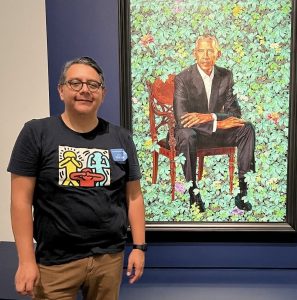
Art has become a driving force in Perez’s life, leading to numerous opportunities from meeting his beloved wife at a museum to encountering countless other artists and friends down the artistic path. “Art has influenced everything in my life. I owe everything to art,” Perez reflected.
Perez emphasizes the importance of art for everybody, as art teaches continuation despite their art piece not living up to the vision the students had in mind. Perez hopes to be able to provide a safe space for his students where they can leave their expectations of themselves at the door.
“[Many students are] afraid of getting things wrong, [but] part of life is learning to fail and learning to work around failure. Sometimes when you fail, you end up making something that looks really cool and interesting. Failure creates possibilities,” Perez said.
Cultural heritage has always been a prevalent force in his life. As a first-generation immigrant, Perez was at first apprehensive in sharing his culture; however, he was able to gain a deeper insight into his culture as he grew older and embraced his identity.
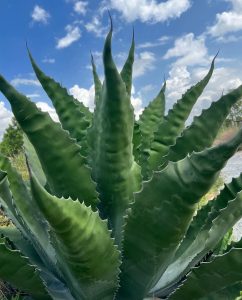
“I try to incorporate [my culture] into all the art that I make,” Perez said. His love for food is also embodied in his art. “I’m always drawing cactuses, … avocados, … salsa bowls and chiles. [That is what] I identify with. I’m proud of who I am and the color of my culture is what I want to share with everything.”
Perez shares his acceptance of other cultures by encouraging his students to express their own cultures. “Everybody should feel proud of their culture. I love talking about everybody’s culture, and I love hearing all the stories that everybody talks about. And the more we talk about the differences, the more you realize it’s exactly the same.”
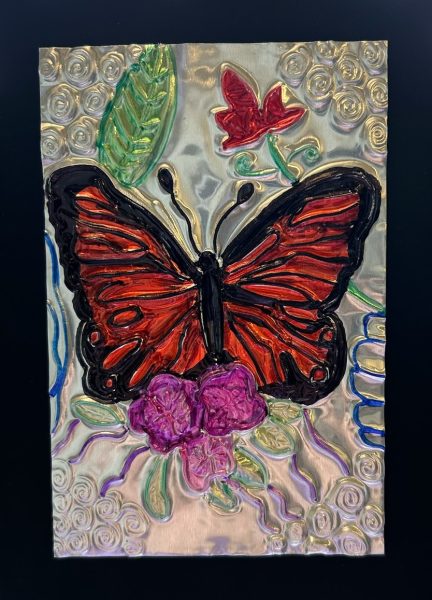
Perez conveys his culture and his love for food not only in his classroom, where he leads his students to create Hojalata (metal embossings) and also in his partnership with local artist GONZO 247, with whom he constructed a cube that incorporated the story of food in the East End.
According to Perez, one of the most rewarding parts of being a teacher is witnessing the growth of his students under his guidance. In particular, Perez had one class of students who each carved their own road down the artistic path. “They were comfortable with who they were, … [and they] were artists in their hearts. Now [they are] tattoo artists, graphic designers, … photographers … [and film directors]. I live vicariously through them and on [social media]. I’m always following them and everything they do, and it just makes me happy,” Perez said.
Perez draws inspiration from numerous sources that act as his muse in his artistic journey by spurring creativity and driving change. “I follow a lot of native, indigenous artists and their artwork blows my mind all the time.”
The importance of community is as prominent in Perez’s art as it is in his classroom. “Accepting yourself and … your culture opens you up to a lot of things, … [and] it’s inspiring [to] see everybody creating [different] things,” Perez shared. “Community is everything. There’s nothing that you can do by yourself, and everything that you achieve is [done with others].” He is determined to become the inspiration for the students who feel lost by either guiding them or giving them a safe place to relax.
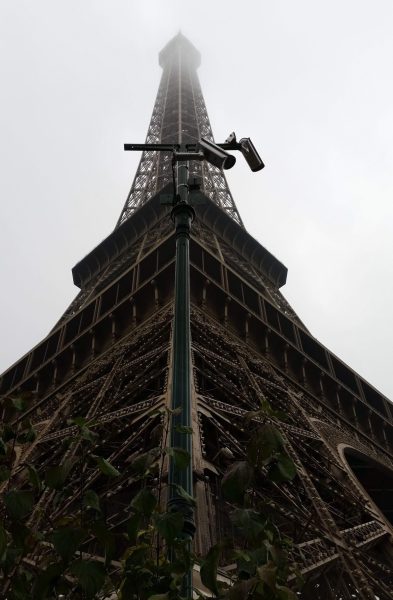
Photography has always been one of the most important art media to Perez, and it has become a way for him to capture his memories and experiences in life. However, one of his deepest regrets is the lost opportunity to document the neighborhood he grew up in now that it has been transformed by gentrification.
“Houston is change. Houston looks forward [and] doesn’t look back,” Perez said as he recalls the feeling of loss. “So that’s something that’s in the back of my mind all the time, [that I] should have gone back and started documenting.”
In the classroom, Perez emphasizes the journey of making art over the final product. He hopes to bring his students comfort by providing the knowledge that their efforts are valued and that they should strive for acquiring new skills rather than perfecting those they already possess. “I try to communicate to all the kids [that] it’s not so much [about] the final product, but the journey of making art,” Perez explained.
“I really appreciate [how] the fun part of art is the experience,” Perez said. The appreciation enables Perez to foster the gratification and excitement that art can deliver.
Perez takes a humble approach when it comes to the impact he wants to leave upon his students. Perez recognizes that each interaction, each lesson, contributes to the larger narrative that shapes his students’ lives where the connections he forms are often the true marks of his success.
“I don’t think you should plan on leaving a legacy. The legacy is created just through everyday interactions. It’s been my experience that the experience students have in your class, they never forget it,” Perez said. Perez sees this dynamic play out when student he’s kept in contact with reminisce about their experiences in his class as they leave comments on the art he posts on social media.
“That memory’s there forever. … Legacy builds itself,” Perez said.


